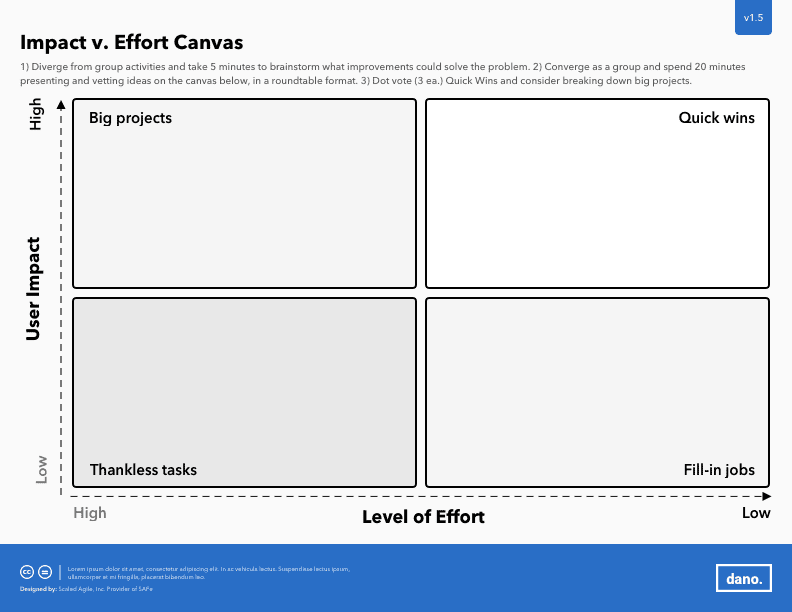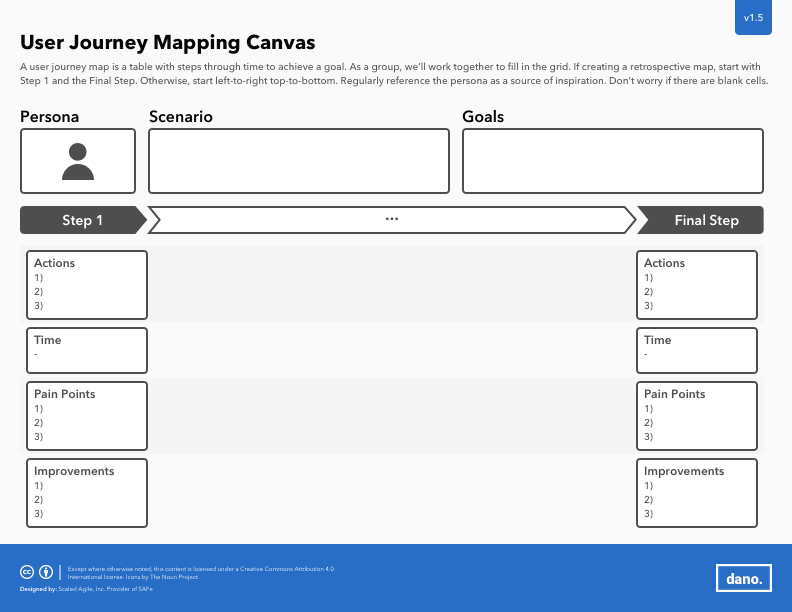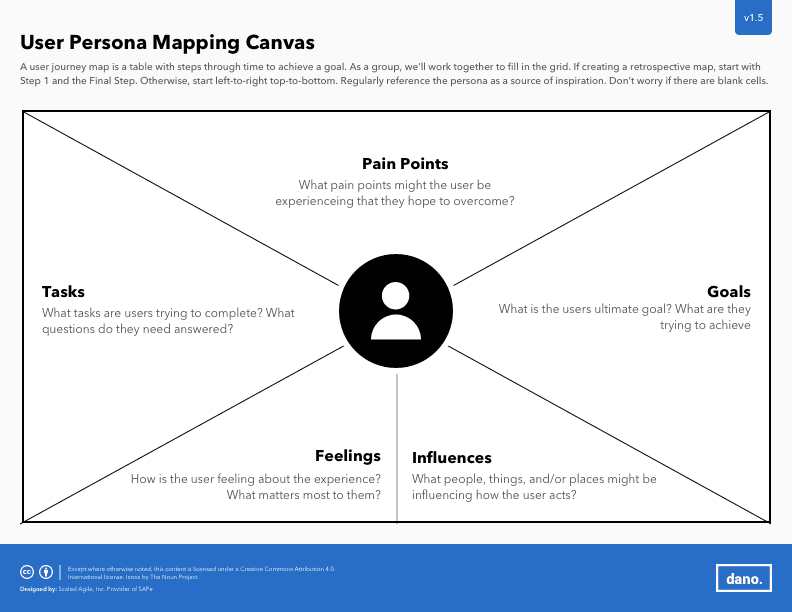What is Design Thinking?
Design Thinking | January 6th, 2017

Design thinking is a human-centered approach to problem-solving that involves empathy, experimentation, and iteration to create innovative solutions. It emphasizes putting the needs and perspectives of the people you’re designing for at the forefront, and using rapid prototyping and testing to iterate and improve the solution. Design thinking can be applied to a wide range of problems, from creating new products to improving processes and systems.
Design Thinking History
Design thinking has roots in the fields of engineering, architecture, and product design, and has been practiced in various forms for many decades. However, the term “design thinking” as it is used today gained popularity in the 1990s and 2000s, as design firms and consultants began to apply the principles of design to a wider range of problems and industries.
One of the earliest and most influential proponents of design thinking was the design consultancy IDEO, which has been using the approach to help organizations innovate since the 1980s. IDEO popularized the concept of “human-centered design,” which involves understanding the needs, wants, and perspectives of the people who will be using a product or service in order to design more effective solutions.
In recent years, design thinking has become increasingly mainstream, and is now used by companies and organizations of all sizes and in all industries, as well as by governments and non-profits. It has also become a popular topic of study in academic programs and executive education courses, and is being taught to students of all ages as a way to encourage creativity and innovation.
Design Thinking Process
The design thinking process typically involves five stages: Empathize, Define, Ideate, Prototype, and Test. These stages are not meant to be strictly linear, and in practice, designers often iterate and move back and forth between stages as they work to develop a solution. Here is a brief overview of each stage:
- Empathize: In this stage, designers seek to understand the people they are designing for by gathering data through observation, interviews, and other methods. This stage is all about putting yourself in the shoes of the end user to understand their needs, motivations, and pain points.
- Define: In this stage, designers take the insights from the empathize stage and use them to develop a clear and concise problem statement. This statement acts as a guiding light for the rest of the design thinking process.
- Ideate: In this stage, designers generate as many ideas as possible to address the problem they have defined. This stage is all about letting go of assumptions and letting creativity take over.
- Prototype: In this stage, designers take their best ideas and create quick and low-fidelity prototypes to test their concepts. These prototypes can take many forms, including sketches, wireframes, or even physical models.
- Test: In this stage, designers test their prototypes with real users to get feedback and validate or invalidate their assumptions. This stage is critical to the design thinking process, as it allows designers to learn from their users and make improvements to their designs based on the feedback they receive.
By using this iterative process, designers can create innovative solutions that are well-suited to the needs and wants of the people they are designing for.


